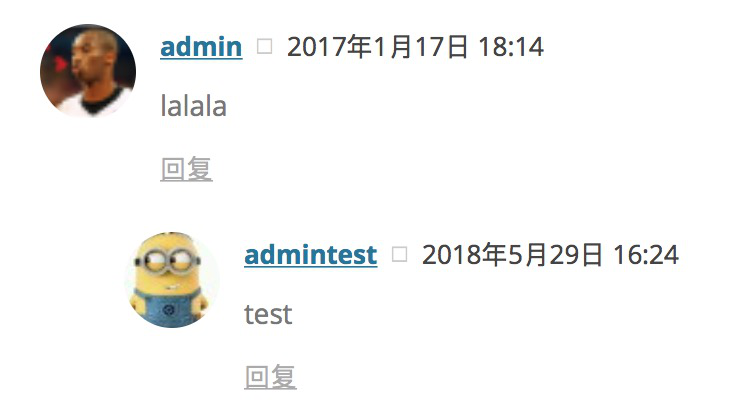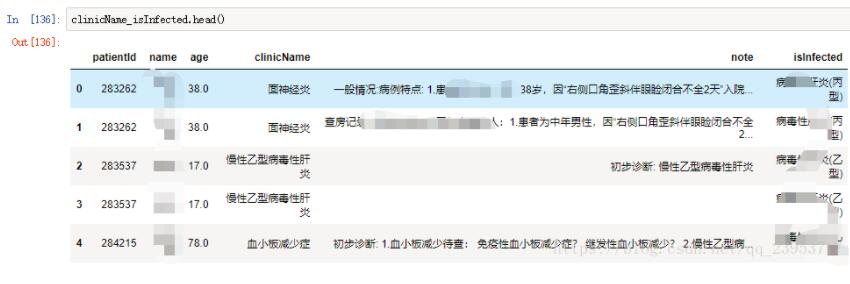opencv python 基于KNN的手写体识别的实例
OCR of Hand-written Data using kNN
OCR of Hand-written Digits
我们的目标是构建一个可以读取手写数字的应用程序, 为此,我们需要一些train_data和test_data. OpenCV附带一个images digits.png(在文件夹opencv\sources\samples\data\中),它有5000个手写数字(每个数字500个,每个数字是20x20图像).所以首先要将图片切割成5000个不同图片,每个数字变成一个单行400像素.前面的250个数字作为训练数据,后250个作为测试数据.
import numpy as np
import cv2
import matplotlib.pyplot as plt
img = cv2.imread('digits.png')
gray = cv2.cvtColor(img,cv2.COLOR_BGR2GRAY)
# Now we split the image to 5000 cells, each 20x20 size
cells = [np.hsplit(row,100) for row in np.vsplit(gray,50)]
# Make it into a Numpy array. It size will be (50,100,20,20)
x = np.array(cells)
# Now we prepare train_data and test_data.
train = x[:,:50].reshape(-1,400).astype(np.float32) # Size = (2500,400)
test = x[:,50:100].reshape(-1,400).astype(np.float32) # Size = (2500,400)
# Create labels for train and test data
k = np.arange(10)
train_labels = np.repeat(k,250)[:,np.newaxis]
test_labels = train_labels.copy()
# Initiate kNN, train the data, then test it with test data for k=1
knn = cv2.ml.KNearest_create()
knn.train(train, cv2.ml.ROW_SAMPLE, train_labels)
ret,result,neighbours,dist = knn.findNearest(test,k=5)
# Now we check the accuracy of classification
# For that, compare the result with test_labels and check which are wrong
matches = result==test_labels
correct = np.count_nonzero(matches)
accuracy = correct*100.0/result.size
print( accuracy )
输出:91.76
进一步提高准确率的方法是增加训练数据,特别是错误的数据.每次训练时最好是保存训练数据,以便下次使用.
# save the data
np.savez('knn_data.npz',train=train, train_labels=train_labels)
# Now load the data
with np.load('knn_data.npz') as data:
print( data.files )
train = data['train']
train_labels = data['train_labels']
OCR of English Alphabets
在opencv / samples / data /文件夹中附带一个数据文件letter-recognition.data.在每一行中,第一列是一个字母表,它是我们的标签. 接下来的16个数字是它的不同特征.
import numpy as np
import cv2
import matplotlib.pyplot as plt
# Load the data, converters convert the letter to a number
data= np.loadtxt('letter-recognition.data', dtype= 'float32', delimiter = ',',
converters= {0: lambda ch: ord(ch)-ord('A')})
# split the data to two, 10000 each for train and test
train, test = np.vsplit(data,2)
# split trainData and testData to features and responses
responses, trainData = np.hsplit(train,[1])
labels, testData = np.hsplit(test,[1])
# Initiate the kNN, classify, measure accuracy.
knn = cv2.ml.KNearest_create()
knn.train(trainData, cv2.ml.ROW_SAMPLE, responses)
ret, result, neighbours, dist = knn.findNearest(testData, k=5)
correct = np.count_nonzero(result == labels)
accuracy = correct*100.0/10000
print( accuracy )
输出:93.06
以上就是本文的全部内容,希望对大家的学习有所帮助,也希望大家多多支持【听图阁-专注于Python设计】。


